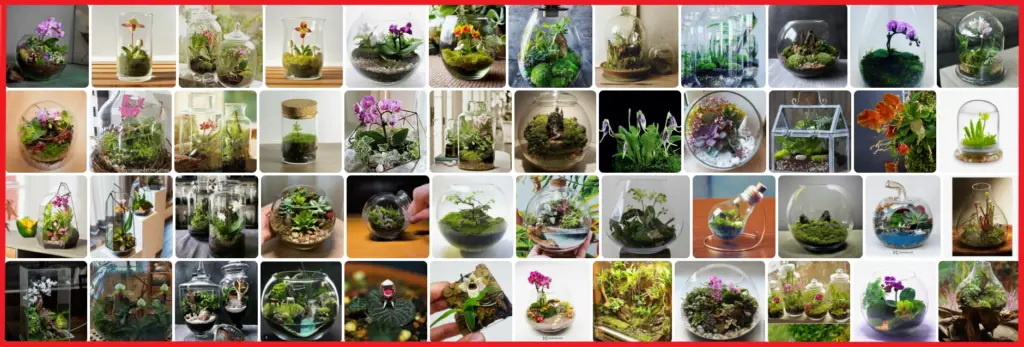How to Raise Butterflies in a Greenhouse (Tips and Best Practices)
Have you ever dreamed of raising your own butterflies? It’s a fun and rewarding experience that can be enjoyed by people of all ages. With a little planning and care, you can create a beautiful butterfly garden in your own greenhouse.
In this article, we’ll provide you with all the information you need to know about raising butterflies in a greenhouse.
So if you’re ready to start your own butterfly adventure, read on!We’ll cover everything from choosing the right plants and equipment to caring for your caterpillars and butterflies..
How to Raise Butterflies in a Greenhouse
How to Raise Butterflies in a Greenhouse
Step 1: Choose the right plants
The plants you grow in your greenhouse will provide food and shelter for your butterflies. Choose plants that are native to your area and that will bloom throughout the butterfly’s life cycle. Some good choices include milkweed, butterfly bush, and nectar plants such as zinnias, marigolds, and cosmos.
Step 2: Create a suitable habitat
In addition
to providing food and shelter, your greenhouse needs to be a comfortable place for your butterflies to live. The temperature should be between 65 and 85 degrees Fahrenheit, and the humidity should be between 50 and 60%. You can create a suitable habitat by using a heat lamp, a humidifier, and a fan.Step 3: Collect butterfly eggs
The best wa
y to collect butterfly eggs is to go outside and look for them on host plants. Host plants are plants that butterflies lay their eggs on. Some common host plants include milkweed, thistle, and nettles. Once you have collected the eggs, you can bring them back to your greenhouse and place them on the leaves of the host plant.Step 4: Care for the eggs
The eggs &#
x200B;will hatch in about two weeks. Once they hatch, the caterpillars will start to eat the leaves of the host plant. You will need to provide them with fresh leaves every day. The caterpillars will grow and molt several times before they are ready to pupate.Step 5: Watch the butterflies emerge
The caterpi
llars will eventually form chrysalises. The chrysalises will stay on the plants for about two weeks before the butterflies emerge. Once the butterflies emerge, they will need to rest for a few hours before they are able to fly.Step 6: Release the butterflies
Once
; the butterflies are fully rested, you can release them into your garden. They will be able to find food and shelter on their own.Raising butterflies in a greenhouse is a fun and rewarding experience. It is a great way to learn about the life cycle of butterflies and to help them thrive.

